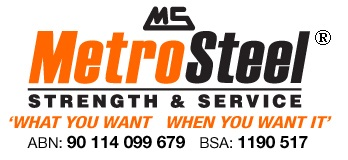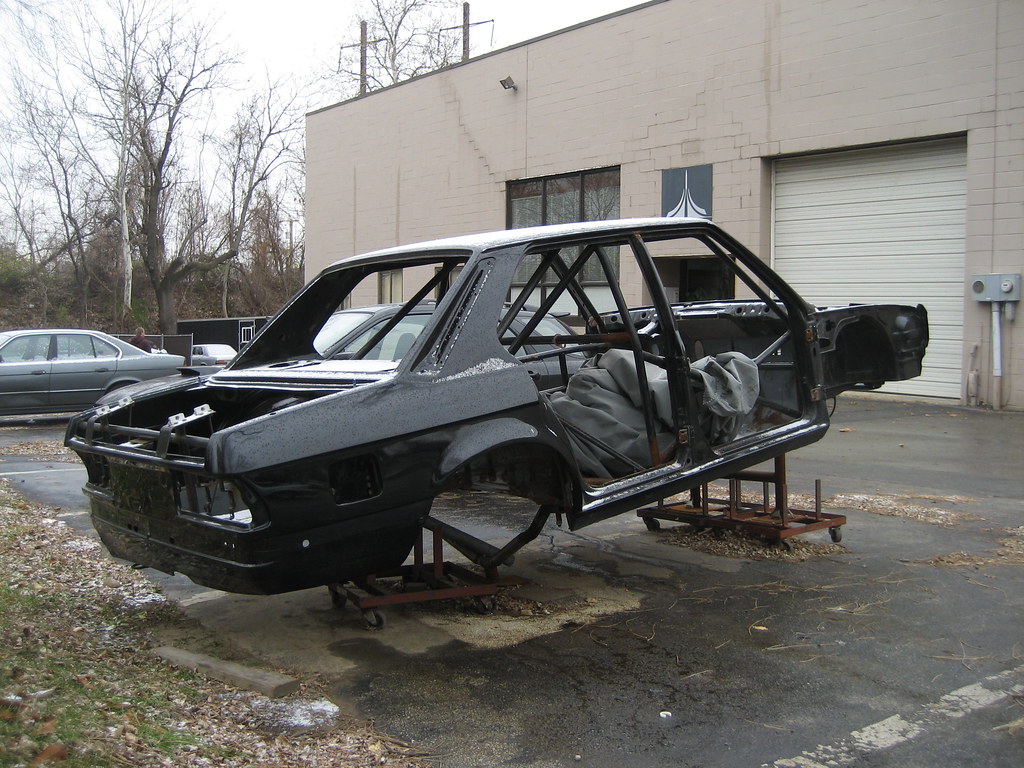Roll cages have long been recognised as a fundamental component in enhancing vehicle safety, particularly in high-risk environments such as motorsports and off-road driving. These intricate frameworks of steel tubing act as a protective barrier around the driver and passengers, safeguarding them in the event of a rollover or collision. Innovations in roll cage technology have kept pace with the growing demands of both motorsports and recreational off-roading, where the need for improved protection is paramount. At Metro Steel, we understand the importance of these innovations and pride ourselves on supplying high-quality steel solutions for roll cage fabrication across various industries.
The Early Days of Roll Cages
The concept of roll cages can be traced back to the early days of motorsports, when vehicle safety was minimal, and drivers faced significant risks during races. The first roll cages were rudimentary and built using basic materials like mild steel to form a framework around the driver’s seat. These early designs were often crude, with simple tubular structures bolted onto vehicles in an attempt to reduce the severity of injuries in accidents.
In terms of construction, early roll cages were made from thick steel tubing, which added considerable weight to the vehicle, often affecting its overall performance. Although these roll cages offered some degree of protection, they were far from ideal. The materials used were heavy, and the designs lacked the sophistication and precision needed for maximum safety.
The limitations of these early roll cages became apparent as motorsports grew in popularity and speed. With increasing incidents of rollovers and high-speed crashes, it was clear that improvements were necessary. These shortcomings paved the way for innovations that would revolutionise roll-cage technology, making them more effective in safeguarding drivers while also enhancing vehicle performance.
Key Innovations in Roll Cage Technology
Over the years, roll cage technology has seen numerous advancements that have significantly enhanced vehicle safety and performance. Here are some of the key developments that have shaped modern roll cage designs:
- The transition from Mild Steel to Chromoly: One of the most significant advancements has been the replacement of traditional mild steel with Chromoly steel, a material known for its superior strength-to-weight ratio. Chromoly’s lightweight properties reduce vehicle weight, improving performance without compromising safety.
- Use of CAD for Precision Design: Computer-aided design (CAD) allows engineers to create highly accurate roll cage blueprints, ensuring the structure fits perfectly within the vehicle’s frame. This precision ensures that every angle, joint, and curve is optimised for maximum safety and performance.
- CNC Machining for Enhanced Manufacturing: CNC machining has revolutionised roll cage production by enabling the automated, highly accurate cutting and bending of steel tubing. This ensures consistency in manufacturing, leading to stronger and more reliable roll cages.
These innovations have dramatically changed the landscape of roll cage technology, offering designs that balance both safety and performance. The shift from heavier, outdated materials to lighter, stronger alloys like chromoly allows for greater flexibility in vehicle design without sacrificing protection.
Current Safety Considerations for Roll Cages
Safety remains the top priority in roll cage design, particularly in high-risk environments such as motorsports and off-road driving. Here are some key safety considerations for today’s roll cages:
- Adherence to Safety Standards: Governing bodies such as the FIA and NHRA set strict guidelines for roll cage design, including material specifications, tube thickness, and weld quality. Compliance with these standards is mandatory to ensure that the roll cage can withstand high-impact forces in a collision.
- Impact Absorption: Modern roll cages are designed to distribute the force of a collision across the entire structure, reducing the impact on occupants. This innovation helps minimise injury risk during severe crashes, especially in motorsports where high-speed impacts are common.
- Optimised Strength-to-Weight Ratios: Advances in materials, such as the use of chromoly steel and lightweight alloys, have improved the strength-to-weight ratio of roll cages. This ensures that the structure is robust enough to provide maximum protection without adding unnecessary weight to the vehicle, which is crucial for performance.
- Customisation for Vehicle and Driving Conditions: No two vehicles are the same, and different driving conditions demand tailored roll cage designs. Whether it’s for a rally car, off-road vehicle, or recreational use, customisation ensures that the roll cage meets the specific safety and performance needs of the driver and vehicle.
In addition to these considerations, the installation process of roll cages plays a critical role in their overall effectiveness. A properly installed roll cage ensures that the structure integrates seamlessly with the vehicle’s chassis, enhancing rigidity and stability during impact.
The Future of Roll Cage Technology
The future of roll cage technology is set to introduce even more advanced materials and innovations, with carbon fibre emerging as a potential material for roll cage construction. This high-strength, lightweight material could further reduce vehicle weight while enhancing safety. Additionally, new manufacturing techniques and the integration of smart technology could lead to roll cages that not only protect but also adapt in real-time to crash conditions.
- Crumple Zones and Crash Sensors Integration: There is great potential for roll cages to include crumple zones that absorb and dissipate crash energy more effectively. In conjunction, advanced crash sensors could be integrated into roll cage designs to monitor collision data and provide immediate feedback for safety systems.
- Upcoming Regulatory Changes: As safety regulations evolve, there is likely to be a stronger emphasis on the standardisation of roll cage designs across various vehicle types. New laws may focus on requiring more advanced safety features, influencing manufacturers to further improve the structural integrity and versatility of roll cages.
With these advancements on the horizon, the roll cage of the future will likely incorporate intelligent safety systems that respond dynamically to crash scenarios. The possibility of integrating sensors and crumple zones within roll cage designs could dramatically improve impact resistance, providing better protection for occupants.
Enhancing Roll Cage Technology with Metro Steel
The evolution of roll cage technology has been marked by significant advancements in materials, design, and safety features, all of which have contributed to improving vehicle safety. As we look to the future, ongoing innovations will continue to push the boundaries of what roll cages can achieve, providing even greater protection for drivers in high-risk environments.
At Metro Steel, we are committed to delivering high-quality steel solutions tailored to the precise needs of your roll cage fabrication. With our expertise in the industry and dedication to quality, you can trust that your roll cage will offer the safety and durability required for any vehicle. Contact Metro Steel today to learn more about our steel fabrication services and how we can support your next project.
 Talk to an Expert (07) 3204 1000
Talk to an Expert (07) 3204 1000 Working Hours - Mon – Fri 7:00 AM – 4:00 PM
Working Hours - Mon – Fri 7:00 AM – 4:00 PM
